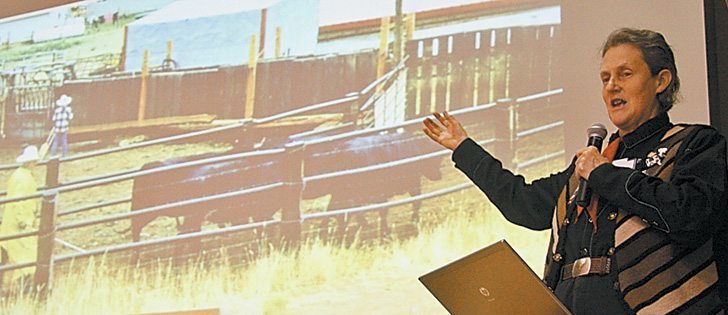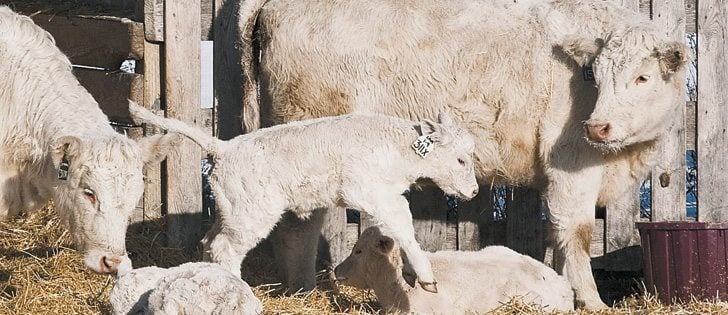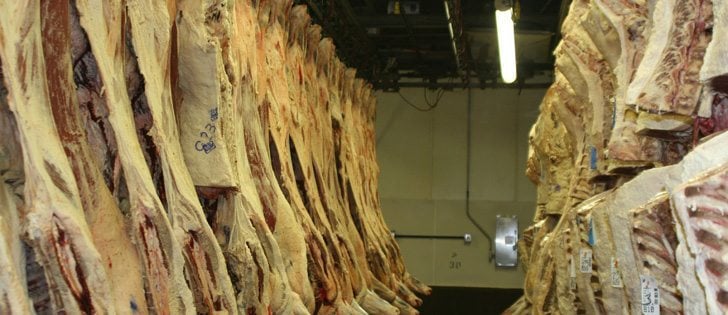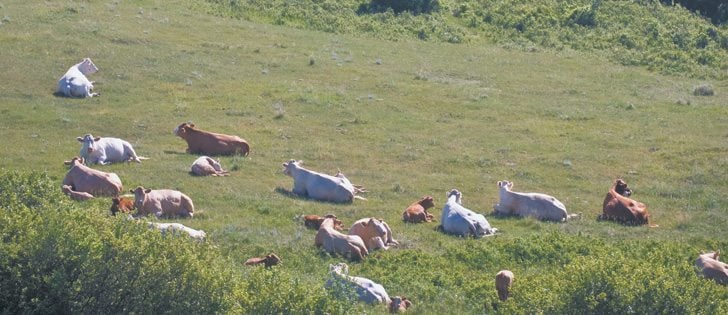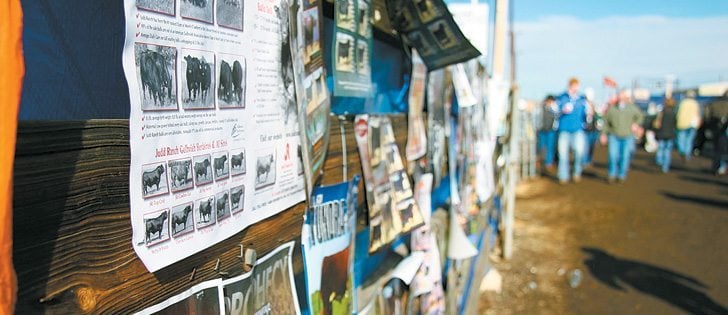Revised regulation will help export markets | Brings U.S. in line with world health standards
A new rule for importing cattle, bison, llamas and deer into the United States has been published.
The rule has been in the works since 2004 and brings the U.S. in line with World Animal Health Organization (OIE) standards. It has been published in the U.S. federal register and is open for public comment for 60 days.
The rule applies to cattle, bison, cervids and camelids. It does not include sheep or goats.
“In this proposed rule, we would retain the current importation provisions with regard to BSE as they apply to ovines and caprines, but not as they apply to bovines, cervids, and camelids,” said the rule.
Read Also
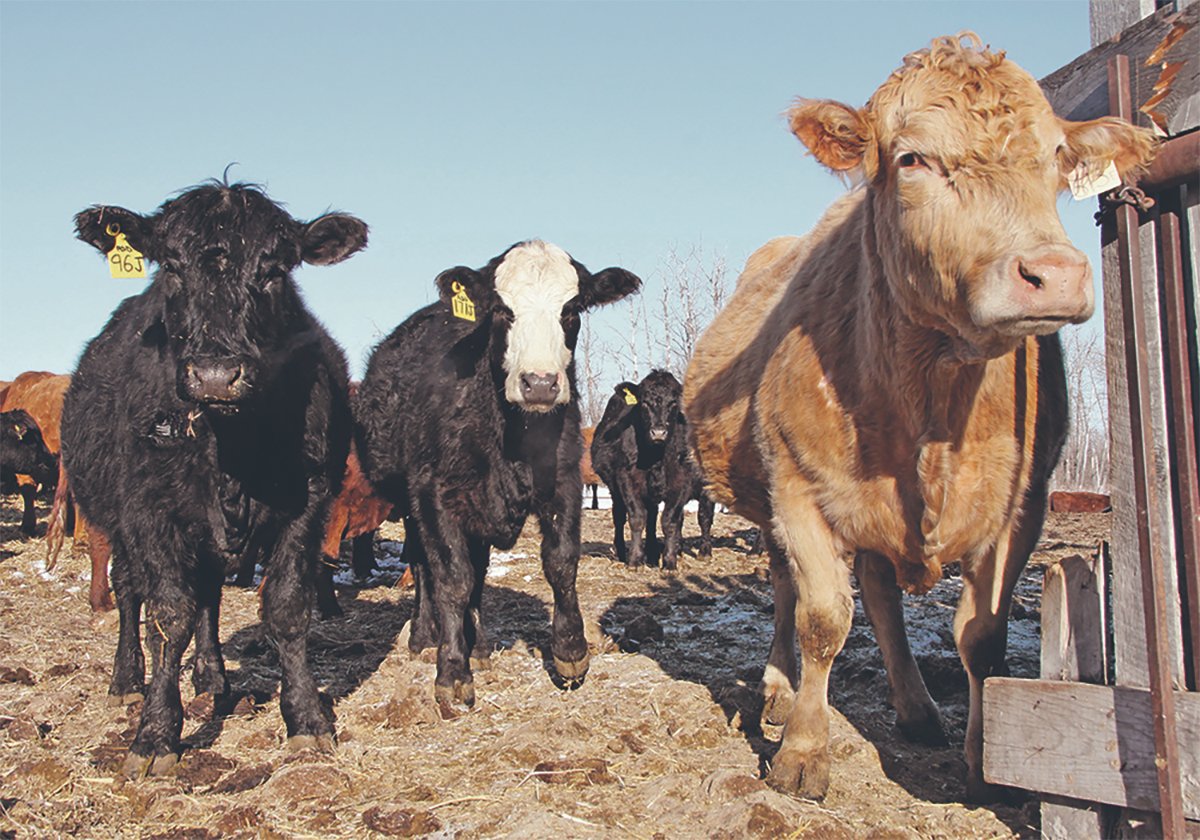
Livestock inspection costs increase in Saskatchewan
The Sept. 1 50-cent increase to livestock inspection fees may seem like another hit when everything is going up, but the chief executive officer of Livestock Services of Saskatchewan said producers should consider the value they receive in return.
“It is necessary to revise the current regulations to make them particular to ovines and caprines, pending any future rulemaking regarding such animals.”
In 2006, the OIE changed its BSE categories to controlled, negligible or undetermined risk for the disease, basing them on the controls in place rather than the number of cases in a country.
The U.S. Department of Agriculture’s Animal and Plant Health Inspection Service (APHIS) would base its import policy for a particular country on that country’s risk classification as determined by OIE’s risk evaluation.
“It will make the existing rule that we have for minimal risk, it will basically make it redundant,” said John Masswohl of the Canadian Cattlemen’s Association.
“It should replace the rule one and rule two and it should conclude the court case that is still going on against rule two,” he said.
The courts instructed the USDA in 2008 to refine its rule dealing with beef and cattle older than 30 months.
It should also help with reopening and expanding some export markets for Canada and the United States.
“In some countries, Canada and the U.S. have been linked together,” he said.
For example, Japan has assigned the same BSE status and trade sanctions to Canada and the U.S. Aligning the regulation with OIE rules removes the ability of some trading partners to impose higher standards.
The rule is published by APHIS and should expand the number and types of commodities eligible for entry into the U.S. with regard to BSE.
However, certain conditions and certifications that were previously required will continue. For example, Canadian cattle must still carry individual identification and must be born after 1999. Ruminant to ruminant feed bans continue.
For more information, visit www.regulations.gov/fdmspublic/component/main?main=DockettDetail&d=APHIS-2008-0010.






